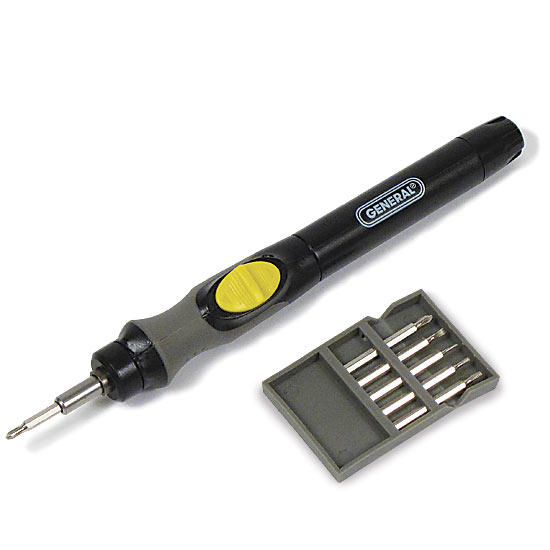Originally Posted by ROGER1:
Ed,
No, it's AC and something appears wrong with it.
KD has the same motor, so I guess we'll have to wait and see if he's got a similar issue. I doubt it....I think it's a defect out of the box.
Roger...
Probably not a 'defect', although if it were you'd think they would've solved it in the 10 years or so since I made my conversion.
I had/have the same 'hunting problem'. I never communicated with Walthers and/or Faller (Germany). It worked so well otherwise, was smooth, quiet, durable, etc..., I/we just dealt with it.
First, a brief expansion on my Disney radar tower project... I made the improvement to be able to put this accessory on the 'kids layout' run by a local club for several occasions throughout the year. Hey, it's Disney, Donald Duck,...you know...kids (big & little) love it. It needs to work....reliably (read: NO VIBRA-MOTOR!!!)
We used a KW transformer for the small 5x8 layout...one channel for trains, the other for the few accessories. When we installed everything and powered up, that's when we'd find the radar screen 'dithering'. Not always....maybe 30% of the time.
What we found was that if we gave one simple, quick punch of the KW's reverse button (interrupting the current momentarily) for the accessories channel, the radar screen would find it's 'roto-mojo' and run perfectly thereafter.
Later on someone suggested that the problem could be bringing the accessories throttle up gradually from zero to around 14 volts on initial start-up. He theorized that, perhaps, the initial lower AC voltages confused it somehow. (?????? Hey, we're just common 3-railers, for Pete's sake!!) He suggested we set the throttle to its final voltage setting before plugging in the KW (It has no internal on/off switch like some of the later transformers). Well, that did, indeed, seem to help quite a bit, but never entirely. So, maybe there was something to his theory....dunno.
Anyhow, as I said, forgiving it's only idiosyncrasy, we were more than pleased with the accessory's performance...on the layout and on the faces of the kidz.
So, that's what I can add to this saga. A simple NC (normally closed) push button on one line to the accessory to 'goose' it would probably be all you need, if you don't already have such a feature in your power supply. If it's a game-changer for you, then now would be the time to make another choice, indeed.
We're no longer members of the club...long story (short version: HO won ). So I retained the Disney tower. It still works fine, but it doesn't work into my own layout theme so well. Nonetheless, it was a GREAT learning experience in overcoming the exasperations of infernal vibra-motors (
). So I retained the Disney tower. It still works fine, but it doesn't work into my own layout theme so well. Nonetheless, it was a GREAT learning experience in overcoming the exasperations of infernal vibra-motors (
 ). I'd do it again, for sure.
). I'd do it again, for sure.
BTW, my wife has promised to help me with some photos yet. FWIW, I'll yet post them ASAP.
KD








